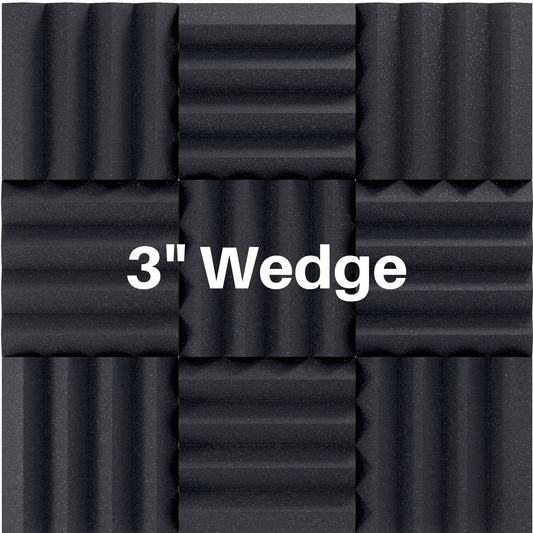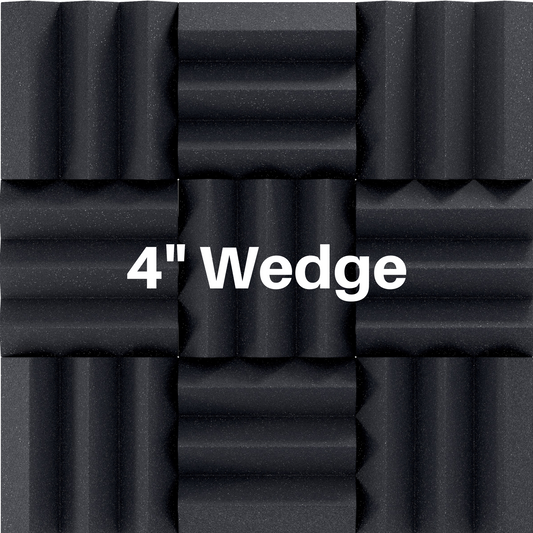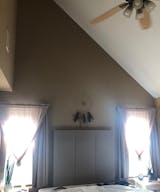Acoustic Fabric For Panels Speakers Walls
Share
What is acoustic fabric?
Acoustic fabric is a special kind of fabric used to help control sound in a room. It’s the cloth you often see covering sound panels on the walls of music studios, theaters, or even home offices.
The fabric doesn’t block or reflect sound like a wall would. The fabric helps sound get absorbed by what’s behind it (most often insulation). This helps the sound in the room become more controlled and sound better.
How does acoustic fabric work?
Acoustic fabric works by letting sound pass through it instead of bouncing sound back. This way, the sound can reach the material behind the fabric which soaks up the sound and reduces echoes.
Think of it like a screen door that lets air through. Acoustic fabric lets sound through so the stuff behind it can do its job.
How do you know if fabric is truly acoustically transparent?
Professional acoustic fabrics are tested to make sure they don’t reflect sound. Our fabrics were tested in the US at Riverbank Acoustic Labs. You can find the test reports on the product pages in the " 3rd Party Lab Tested" section.
Check out our current fabric selections:

- Hold the fabric up to your mouth and try to blow air through it.
- If air passes through easily, that’s a good sign!
- If it feels like blowing through a pillow, it’s probably too thick or tightly woven for sound to pass.
Another test is The Light Test.
- Shine a flashlight through the fabric in a dark room.
- If you can see the light clearly through the fabric, that means it’s loosely woven and likely to let sound through too.
What is acoustic fabric made of?
Acoustical fabric is usually made from materials like polyester, cotton, or blends, but what makes it special is how it’s woven. The weave is loose and breathable so sound can pass through.
What is acoustic fabric used for?
Acoustic panels – These are the things you see on walls in music studios or offices. The fabric covers the panels and helps sound get absorbed instead of bouncing around.
The below image shows some of our handcrafted panels made with our acoustic fabrics.

Walls – Sometimes whole walls are covered in acoustic fabric to reduce echo and make a room sound clearer. This is common in places like movie theaters or recording studios.
The below image is from a customer project using our black acoustic fabric.



Can I use regular fabric instead of acoustic fabric?
Not really. Most normal fabric is too thick or too tightly woven so it blocks sound. Acoustic fabric is breathable so sound can pass through to the absorbing material behind it or let sound from your speakers pass through to your room.
Is acoustic fabric soundproof?
Definitely not. Acoustic fabric does not block sound.
Can I wash acoustic fabric?
It really depends on what the manufacturer recommends. Hand washing is generally ok but washing machines may cause problems. Check out our guide on How To Clean Acoustic Fabric.
Check out some of our customers' projects using our acoustic fabric!










